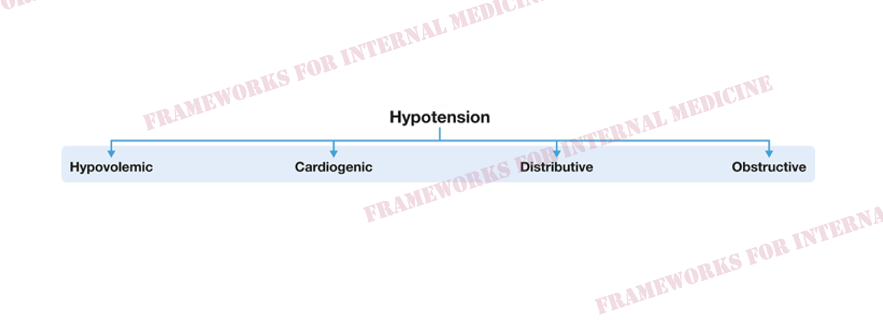1/14
A young Lebanese man presents with several days of chest pain.
Let’s remind ourselves where Lebanon is on the map. It may prove valuable "down the road".
(Graphic courtesy freeworldmaps. net.)
A young Lebanese man presents with several days of chest pain.
Let’s remind ourselves where Lebanon is on the map. It may prove valuable "down the road".
(Graphic courtesy freeworldmaps. net.)

2/14
Now let's deal with his chest pain. It can be helpful to think of chest pain as either cardiac or noncardiac in nature. The history and exam will point you down one "road" or the other.
Now let's deal with his chest pain. It can be helpful to think of chest pain as either cardiac or noncardiac in nature. The history and exam will point you down one "road" or the other.

3/14
Our patient’s pain is substernal, sharp, and worsens when he breaths deeply.
We auscult the heart with a hypothesis in mind, anticipating what we might hear. “The ears can’t hear what the mind doesn’t know”.
(Best with headphones or good speakers.)
Our patient’s pain is substernal, sharp, and worsens when he breaths deeply.
We auscult the heart with a hypothesis in mind, anticipating what we might hear. “The ears can’t hear what the mind doesn’t know”.
(Best with headphones or good speakers.)
4/14
The pleuritic nature of the pain and the 3-component pericardial friction rub are key features that tell us we are dealing with a cardiac cause of chest pain.
The pleuritic nature of the pain and the 3-component pericardial friction rub are key features that tell us we are dealing with a cardiac cause of chest pain.

5/14
The quality of the pain does not sound like angina, but let’s look at his EKG to help us rule out ACS and confirm our hypothesis. We anticipate what we might see. “The eyes can’t see what the mind doesn't know”.
The quality of the pain does not sound like angina, but let’s look at his EKG to help us rule out ACS and confirm our hypothesis. We anticipate what we might see. “The eyes can’t see what the mind doesn't know”.

6/14
Indeed, diffuse ST elevation, diffuse PR depression, and PR elevation in aVR are consistent with our hypothesis of acute pericarditis.
Indeed, diffuse ST elevation, diffuse PR depression, and PR elevation in aVR are consistent with our hypothesis of acute pericarditis.

8/14
Additional hypothesis-driven history reveals joint pain and stiffness, especially in the morning. This points us toward a rheumatologic cause of pericarditis (connective tissue disease).
Additional hypothesis-driven history reveals joint pain and stiffness, especially in the morning. This points us toward a rheumatologic cause of pericarditis (connective tissue disease).

9/14
The skin and mucosa can be rich sources of clues to particular rheumatologic conditions.
We start with the lower extremities and find these tender erythematous nodules on both shins.
The skin and mucosa can be rich sources of clues to particular rheumatologic conditions.
We start with the lower extremities and find these tender erythematous nodules on both shins.

10/14
We ask the patient if he has any other painful spots on his body. He pulls down on his lower lip and shows us this painful lesion, which he says shows up from time to time in his mouth and on his scrotum and penis.
We ask the patient if he has any other painful spots on his body. He pulls down on his lower lip and shows us this painful lesion, which he says shows up from time to time in his mouth and on his scrotum and penis.

11/14
Let’s come back to Lebanon. It is a country in the Levant, with Syria to the north and east, Palestine to the south, and the Mediterranean Sea to the west.
(Graphic courtesy Apple Maps.)
Let’s come back to Lebanon. It is a country in the Levant, with Syria to the north and east, Palestine to the south, and the Mediterranean Sea to the west.
(Graphic courtesy Apple Maps.)

12/14
The territory of modern-day Lebanon was part of an ancient network of trade routes, known as the Silk Road, which extended from eastern Asia to the Mediterranean.
(Graphic courtesy NYT.)
The territory of modern-day Lebanon was part of an ancient network of trade routes, known as the Silk Road, which extended from eastern Asia to the Mediterranean.
(Graphic courtesy NYT.)

13/14
Silk Road disease, AKA Behçet’s disease, is a form of systemic vasculitis. It is more common in peoples whose ancestors inhabited the lands around the ancient Silk Road, including Lebanon.
The pericardium is the most common site of cardiac involvement in Behçet’s disease.
Silk Road disease, AKA Behçet’s disease, is a form of systemic vasculitis. It is more common in peoples whose ancestors inhabited the lands around the ancient Silk Road, including Lebanon.
The pericardium is the most common site of cardiac involvement in Behçet’s disease.

14/14
We diagnosed Behçet’s with our eyes and ears and a little help from geography and ancient history.
Genetic ancestry - and its imperfect surrogate terms - can provide an important clue to diagnosis.
For more: amazon.com/Frameworks-Int…
We diagnosed Behçet’s with our eyes and ears and a little help from geography and ancient history.
Genetic ancestry - and its imperfect surrogate terms - can provide an important clue to diagnosis.
For more: amazon.com/Frameworks-Int…
• • •
Missing some Tweet in this thread? You can try to
force a refresh
























